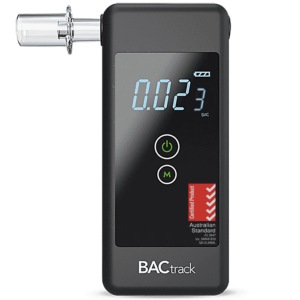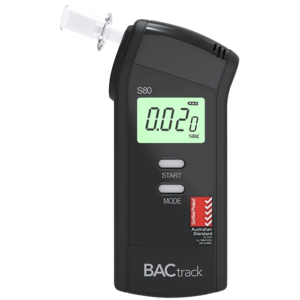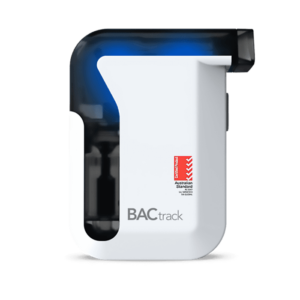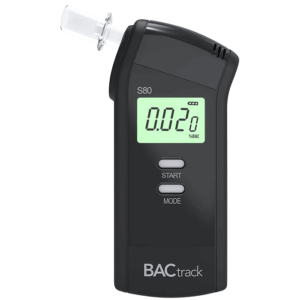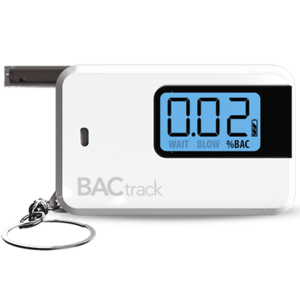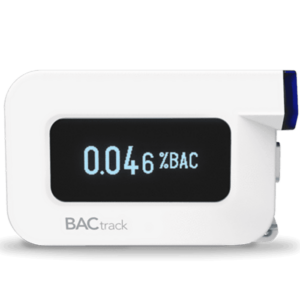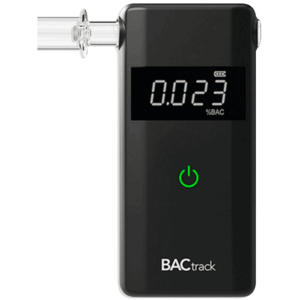Urine and Alcohol Testing: What It Is, How It Works & the Biomarkers
20 February, 2024

The effects of alcohol misuse are detrimental. Hence, healthcare professionals, business owners, and police officers often utilise urine and alcohol testing. It detects ethanol and monitors the alcohol consumption of people. When the body metabolises ethanol, it can excrete it through urine. Then, medical practitioners collect and test urine specimens. The most common biomarkers found in urine are the alcohol metabolites Ethyl Glucuronide (EtG) and Ethyl Sulphate (EtS). They contribute to longer detection periods.
Alcohol tests are valuable in many settings. Individuals and organisations utilise various kinds of methods. These include breath tests, blood analysis, saliva tests, and hair screens. Compared to these, alcohol urine tests are more often used. This is because of their convenience, cost-effectiveness, and accuracy. Understanding the science behind the test can help individuals navigate the process more effectively. Thus, the following sections will present what urine in alcohol screening is, how it works, and what biomarkers it utilises.
What Is Urine and Alcohol Testing?
Urine testing is a widely used method that detects the presence of various substances, including alcohol, in the body. It is valuable in healthcare, workplace, and legal settings. Urine and alcohol testing typically involves the analysis of metabolites, which are produced when the body processes alcoholic beverages. Testing urine samples can trace alcohol or its metabolites up to several days after last consumption.
Medical professionals utilise alcohol urine tests to diagnose alcohol abuse or monitor patients in alcohol rehabilitation programs. By detecting ethanol levels in urine, they can assess the extent of alcohol consumption and its effects on the body. Meanwhile, employers administer it to determine if their employees are intoxicated while working.
Law enforcement officers conduct urine screening to identify drink-driving offenders or individuals involved in legal cases where alcohol consumption may affect the outcome. For example, a urine test can help determine if someone was under the influence of alcohol at the time of an incident. All in all, alcohol urine testing is crucial in maintaining safety and ensuring accountability in various aspects of society.
Advantages of Urine Testing
- Non-invasive: Unlike blood tests, urine tests do not need to use needles to collect biological samples. Hence, this type of testing is a more convenient and less painful option for alcohol testing.
- Easily accessible: Typically, individuals can obtain urine samples on their own. Thus, they can conduct the test without going to a healthcare facility.
- Cost-effective: Urine screening is generally more affordable than other testing methods, making it a preferred option for monitoring purposes.
- Quick results: Testing kits for urine are available in many stores. Therefore, buying one immediately when necessary is possible. Also, it provides swift results. These allow for prompt diagnosis and intervention.

How Urine and Alcohol Testing Works
The urine and alcohol testing method can detect the presence of ethanol in the body. When a person consumes alcoholic drinks, the liver enzymes in the body metabolise it and convert it into various enzymes or metabolites. Afterwards, the body excretes it from the body through urine. The screening measures its concentration in the urine to determine the level of alcohol consumption.
To facilitate alcohol urine testing, medical professionals ask the person to provide a urine specimen. They must collect the sample using a sterile container. They seal it securely to prevent tampering or contamination after the collection process. Then, technicians send it to a laboratory for analysis. Practitioners will use various methods, such as gas chromatography or immunoassay.
The results of the alcohol urine test can provide valuable information about the drinking habits of a person. For example, if the concentration of ethanol metabolites in the urine is high, it may indicate that the individual has consumed a significant amount of alcohol recently. This information can assess the sobriety and adherence to alcohol-related treatment programs of patients.
Factors Affecting the Presence of Alcohol in Urine
Various factors can affect the presence of alcohol in urine. Firstly, the amount of alcohol consumed. The more alcohol a person drinks, the higher their Blood Alcohol Concentration (BAC) will be, which can then be excreted through their urine. Secondly, the frequency of alcohol intake. This is because the body can only process a certain amount of alcohol at a time.
Lastly, body weight and hydration level. For instance, individuals with a higher body weight may be able to process alcohol more efficiently than those with a lower body weight. Similarly, staying hydrated can help the body flush out alcohol more effectively.

Biomarkers Used in Urine and Alcohol Testing
Biomarkers are a vital tool in urine and alcohol testing. They are typically what the tests detect to determine the presence of alcohol in the body. One of the most common biomarkers of alcohol consumption in alcohol urine tests is EtG. It is a metabolite the body produces when it breaks down the substance. Its detection period in urine specimens is up to 80 hours after alcohol consumption.
On the other hand, EtS is a less common biomarker but is also used in alcohol urine testing. It is another metabolite the body produces when people consume alcohol. EtS has a similar detection window to EtG, which is about 72 to 80 hours. Lastly, a urine test can detect ethyl alcohol in urine samples for about 24 hours.
In addition to alcohol, urine testing can also detect biomarkers of illicit substance use. For example, the test can determine the presence of illegal drugs like marijuana, cocaine, opioids, and methamphetamines. These substances leave behind unique metabolites in the body that can be detected in urine for different periods, depending on the drug.
Detection Window
The detection period for urine biomarkers can vary greatly depending on the specific substance. For example, professionals can typically identify alcohol in urine for six to 24 hours after consumption. This is extended by tracing EtG or EtS. Moreover, it would ultimately depend on the amount of drinks a person consumes.
As for drugs of abuse, urine drug testing can determine illicit substances for several days to weeks after use. However, individual differences and other elements can affect the detection window for urine biomarkers. It is crucial for testing facilities and individuals to consider the specific substance being tested and the factors that can impact the detection window for precise results.
Conclusion
There are different testing methods to detect alcohol presence. These include breath alcohol tests, saliva screens, blood tests, and hair screens. However, urine and alcohol testing is the most common type among all of them. It can identify ethanol in the body by using urine samples. The liver cells break down alcohol into enzymes. Then, the body excretes it through urine. Factors like the amount of alcohol consumed and drinking frequency can affect the presence of ethanol in the system.
Professionals analyse urine specimens for specific biomarkers, such as EtG and EtS. These are byproducts of alcohol metabolism. They can provide a reliable indicator of recent alcohol consumption. Hence, urine testing is valuable for various applications, including workplace testing, legal cases, and treatment programs. The test can promote public safety, ensure compliance with regulations, and support individuals in their efforts to manage alcohol use.


















